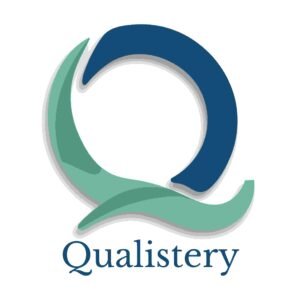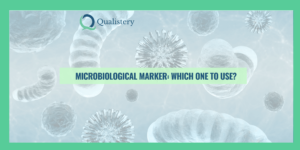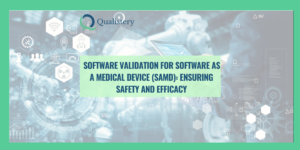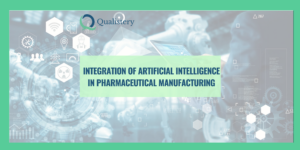How to monitor temperature?
In the pharmaceutical industry, ensuring products are manufactured, stored, and transported under optimal conditions is critical to their efficacy and safety.
One of the crucial parameters to monitor is temperature. As the industry evolves, there’s a shift towards automation, which offers more precise, real-time monitoring capabilities.
Thermal mapping is the most important method for monitoring temperature in this regulated setting; it gives an in-depth view of temperature variations in a specific area.
This is achieved by using data loggers and specialized electronic devices with sensors that capture and record temperature data. Strategically positioned throughout the storage space, these devices gather data to create a thermal map, highlighting potential areas of concern, like unusually high or low temperatures.
Challenges of temperature monitoring
However, leveraging these technologies is not without its challenges. For instance, keeping just one data logger operational takes approximately 30 hours annually. Multiply that by 20 units and you’re investing an astounding 600 hours per year.
Furthermore, traditional systems are not perfect—you can’t detect unsuccessful tests until it has already finished and data is manually downloaded, sometimes days later, wasting precious time.
Automating your temperature monitoring system can be a game-changer in alleviating these problems. An automated system saves time and increases reliability by providing real-time alerts, allowing immediate action before product quality is compromised. When integrated with other quality metrics, automated systems offer invaluable insights, paving the way for regulatory compliance and operational excellence.
Nevertheless, while the merits of automation are numerous, its implementation is not without challenges. The process of integrating an automated system requires precision and forethought. Selecting the right solution tailored to your specific needs becomes crucial in this complex landscape.
This article delves into the critical factors to consider when selecting such solutions for pharmaceutical operations.
8 Criteria for Selecting Automated Temperature Monitoring Equipment
1) FDA 21 CFR Part 11 compliance: In the realm of pharmaceutical temperature monitoring, it’s crucial that any automated solution adheres strictly to regulatory standards. Specifically, systems must be compliant with the FDA’s 21 CFR Part 11, which sets forth the criteria under which electronic records and electronic signatures are considered trustworthy, reliable, and equivalent to paper records. Ensuring this compliance not only guarantees the integrity and security of data but also ensures the automated system meets the stringent requirements established for the pharmaceutical sector by the U.S. Food and Drug Administration.
2) Data Collection and Storage: Opt for systems equipped with sensors capable of recording temperature either in real-time or at short specified intervals. These systems should seamlessly transfer this data to cloud-based storage using WiFi, ensuring that it’s readily available for immediate analysis and reporting.
3) Continuous Monitoring: Seek out systems that provide near real-time monitoring. This is typically achieved through a network of sensors that can be strategically positioned in various crucial points such as storage facilities, production lines, and transport vehicles. The continuous data stream should ideally feed into a central hub for consolidated review and rapid actionable responses.
4) Customized Reporting: For pharmaceutical industries, compliance is non-negotiable. Therefore, your chosen system should be adept at generating tailored reports aligning with the specific demands of various regulatory entities. The ability to auto-generate these reports translates to maintaining stringent compliance standards with ease.
5) Real-time Alerts: The system should be proactive and capable of issuing immediate alerts to the concerned individuals when temperature readings deviate from the product specification. This feature ensures fast remedial actions, minimizing potential product wastage due to unsuitable conditions.
6) Automated Calibration Capabilities: Accuracy is paramount in temperature monitoring. Hence, prefer systems with built-in calibration functions, ensuring the consistent reliability of readings. This system drastically reduces manual labour during the calibration process.
7) Integration with Existing Systems: Not all equipment will seamlessly integrate with your current infrastructure. Ensure the system you choose is compatible with other monitoring systems or software platforms you use.
8) Scalability: As your company grows, your automated temperature monitoring system should effortlessly grow with it. Look for systems that –offer scalability—allow easy addition of sensors and adjustments in reporting—and also feature user-friendly interfaces. A system that’s intuitive ensures that individuals across your organization can effectively use it, regardless of their tech proficiency.
Conclusion
Navigating the realm of temperature monitoring in the pharmaceutical industry demands both precision and foresight. As the sector moves towards a more automated future, ensuring you employ systems that are both robust and adaptable is of paramount importance.
This article highlights the essential factors for informed decision-making in temperature monitoring. While the stakes are high, equipped with the right knowledge and tools, achieving accurate and timely temperature monitoring becomes more attainable.
If you found this article insightful, don’t miss our upcoming piece on evaluating vendors for automated temperature systems!
Join us for an engaging and enlightening hour filled with eye-opening insights and thought-provoking discussions, all aimed at elevating your temperature monitoring game to new heights!
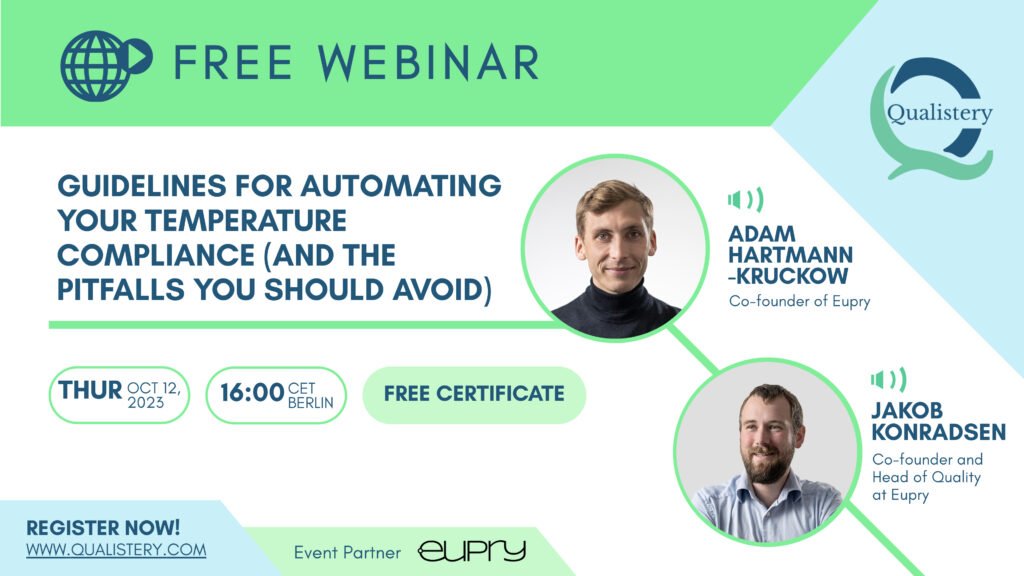
With a dedication to serving the pharmaceutical industry, Qualistery specializes in hosting educational webinars that support both professionals within the pharma sector and service providers. Our commitment lies in empowering businesses to maximize their impact through engaging virtual events and strategic webinar solutions.




